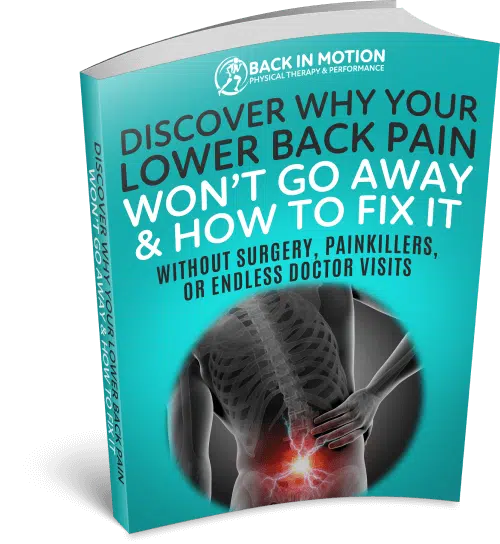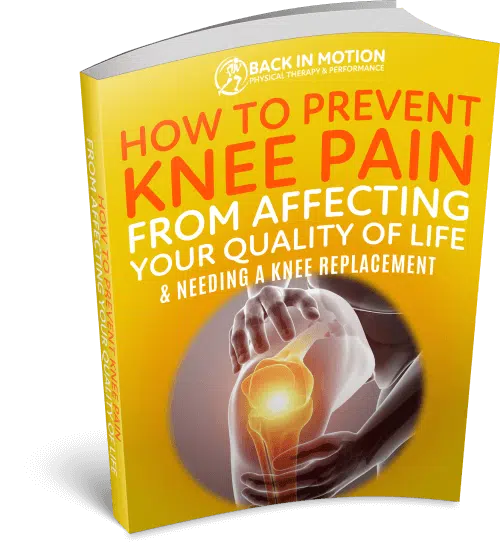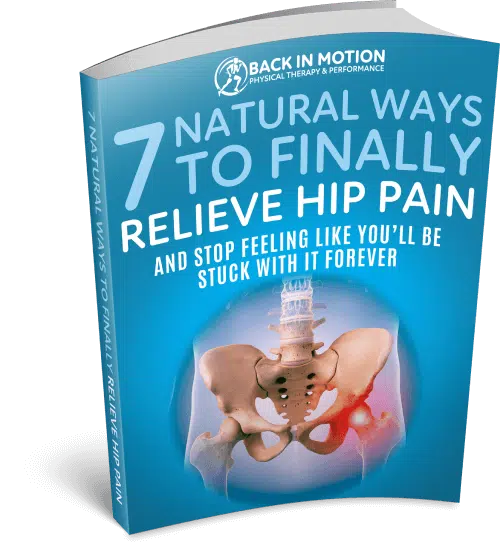How to Safely Recover From an Athletic Injury
Recovering from Sports Injuries: Essential Tips for a Safe and Effective Comeback
As an athlete, injuries can be an inevitable part of striving for your peak performance. These challenges often come with uncertainty, making the road to recovery feel overwhelming. Finding the right strategy to heal safely and efficiently is critical, as mistakes can extend the recovery process. In this blog post, we’ll explore essential tips to help you recover from sports injuries while minimizing risks.
1. Understand the Timing of PRICE (Protection, Rest, Ice, Compression, Elevation)
The traditional method for treating sports injuries—PRICE—has been widely recommended for years. However, timing is key. Your body’s natural inflammatory response after an injury is crucial for cleaning up damaged tissues and jumpstarting regeneration. While PRICE can help manage pain and swelling, it’s beneficial to allow your body to initiate this process before implementing these techniques. Using PRICE immediately might suppress inflammation prematurely, potentially slowing recovery.
2. Leverage MSK Ultrasound for Accurate Diagnoses
If pain and swelling persist beyond a few days, consulting a medical professional is essential to rule out severe injuries. Musculoskeletal (MSK) Ultrasound is a game-changer in diagnosing soft tissue injuries involving muscles, ligaments, tendons, or nerves. Unlike X-rays or MRIs, MSK Ultrasound provides real-time, radiation-free imaging, making it an efficient, non-invasive, and cost-effective option. It can detect injuries like tears, swelling, edema, and even conditions like DVT (Deep Vein Thrombosis). Accurate diagnosis is the first step toward a targeted and effective treatment plan.
3. Choose Sports Physical Therapy for Targeted Recovery
Partnering with a sports physical therapist can significantly improve your recovery outcomes. Unlike general physical therapy, sports-focused professionals tailor rehabilitation programs to restore strength, flexibility, and mobility specific to athletic demands. Whether you’re a professional athlete or a weekend warrior, sports physical therapy helps you regain peak performance while addressing the root causes of your injury. Studies in the International Journal of Sports Physical Therapy highlight the superior outcomes of working with a specialized sports physical therapist.
4. Consider Surgery as a Last Resort
In some cases, surgery may be necessary to repair significant damage caused by a sports injury. However, it should always be the final option after exploring all non-invasive and rehabilitative treatments.
5. Gradual Return to Activity
After pain and swelling have subsided, reintroducing physical activity should be done with care. Start with low-impact exercises and gradually increase intensity and duration as your body allows. This approach helps rebuild strength while reducing the risk of re-injury.
Bonus Tip: Address the Cause, Not Just the Symptoms
At Back In Motion Physical Therapy & Performance, we focus on identifying and addressing the root causes of injuries through our Gray Method™, a proven 3-step process. This method assesses whether your injury stems from strength imbalances, stability issues, or mobility limitations. By targeting the source of your discomfort, we help ensure long-term relief and reduce the chances of recurring injuries and sports injuries treatment fort myers.









